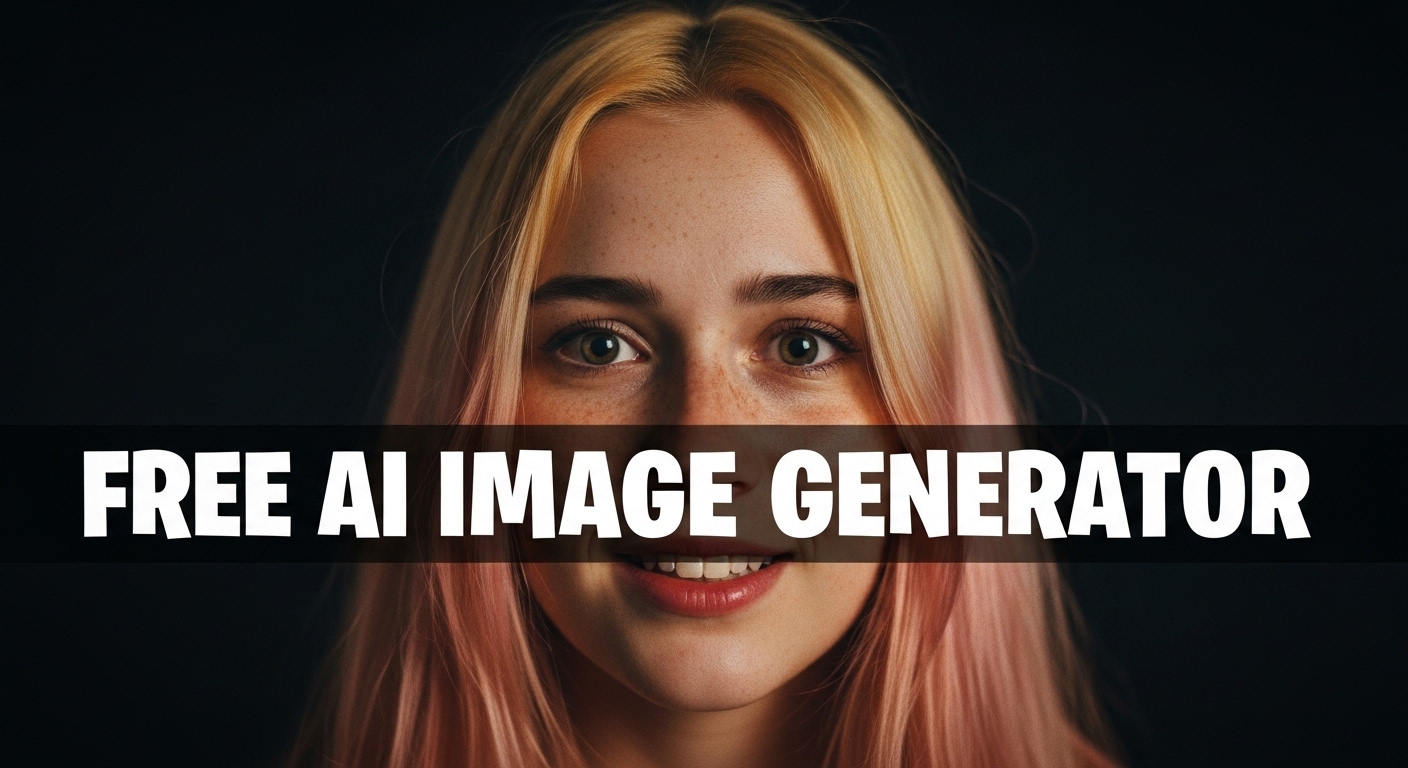Ceramic Image Generator
Ceramic Image Generator is a free online tool to generate ceramic style images. The tool is free to use, just enter prompt in ceramic style and generate ceramic image style in seconds similar quality to flux, midjourney, open ai, imagen, nano banana AI image quality.
Generate Ceramic AI Image for Free
What is a ceramic Generator?
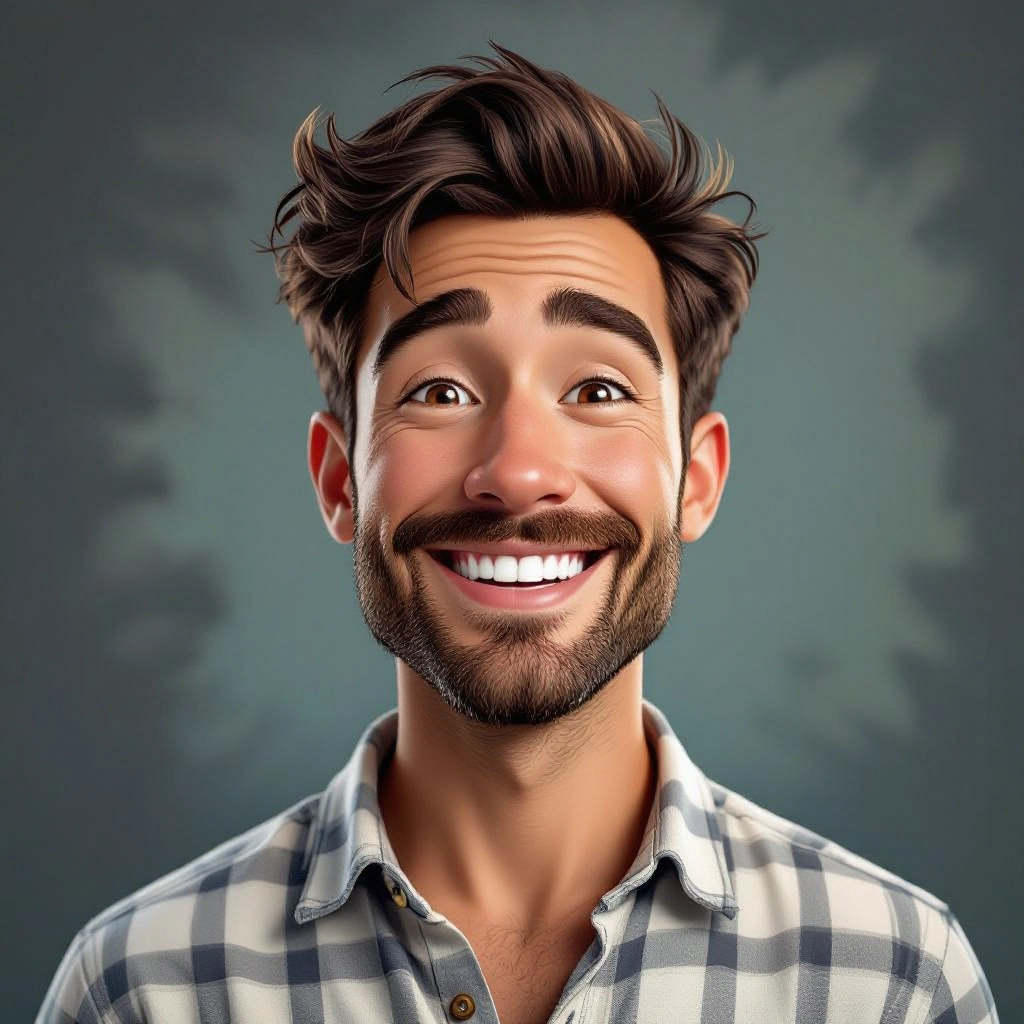
A Ceramic Generator is an AI tool trained to render images that mimic ceramic materials, finishes, and production techniques. It models surface qualities like glaze pooling, crazing, speckling, translucency of porcelain, and the matte or satin texture of stoneware so outputs look like real fired clay objects.
Designers, potters, tile makers, illustrators, and product photographers use the generator to prototype glaze combinations, visualize kiln effects, and create portfolio images without a physical firing cycle. It is valuable when testing colorants, surface decoration techniques, and lighting for showroom presentations.
How to Create ceramic Images
To create ceramic images in three steps, first compose a detailed prompt that specifies clay body, glaze type, firing method, and lighting, for example porcelain with celadon glaze and soft kiln glow. Second, choose variations like gloss, crackle, or matte and set resolution and camera angle to capture rim and foot details. Third, generate and refine by adjusting colorants, texture strength, and specular highlights until the digital piece matches your ceramic vision.
Enter AI Ceramic Prompt
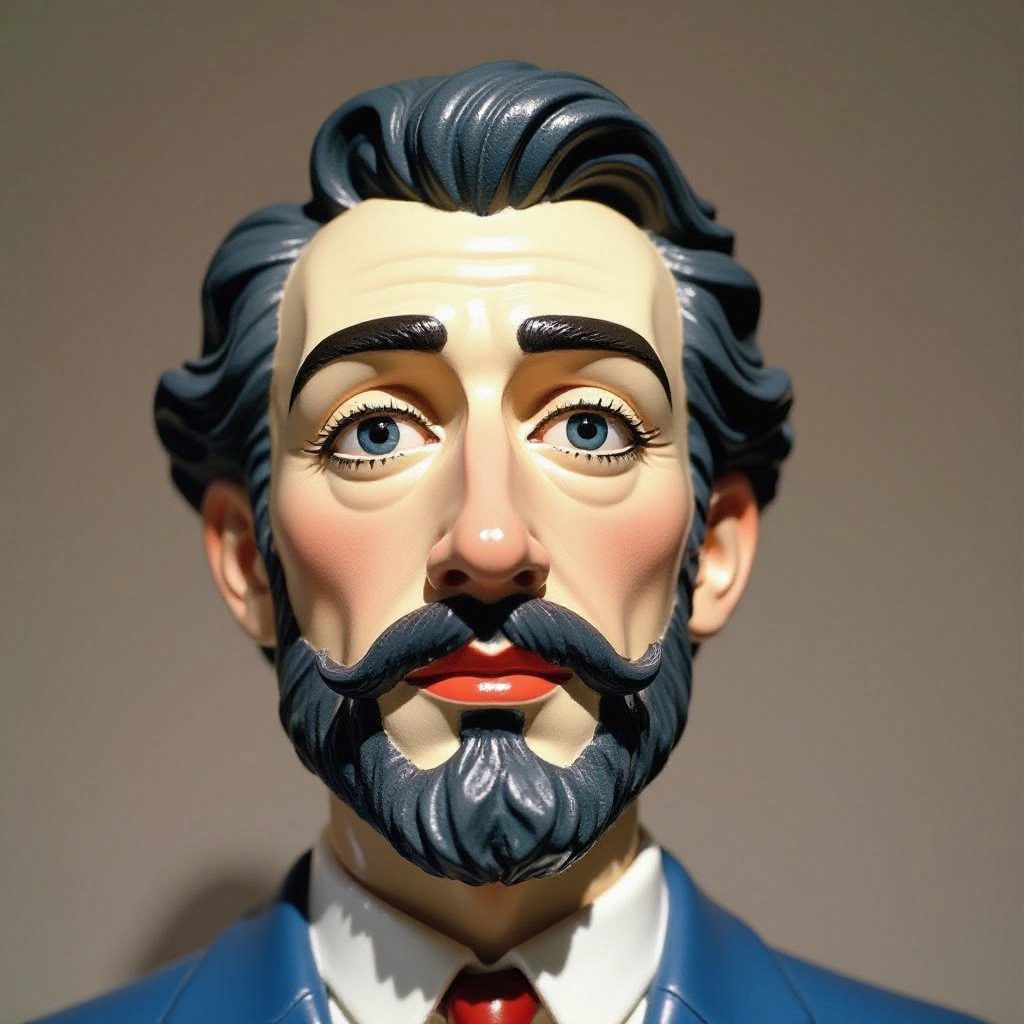
Type your ceramic character or scene description in the prompt box. Include details like character appearance, clothing, expressions, and setting to get better AI ceramic results.
Choose AI Model Settings
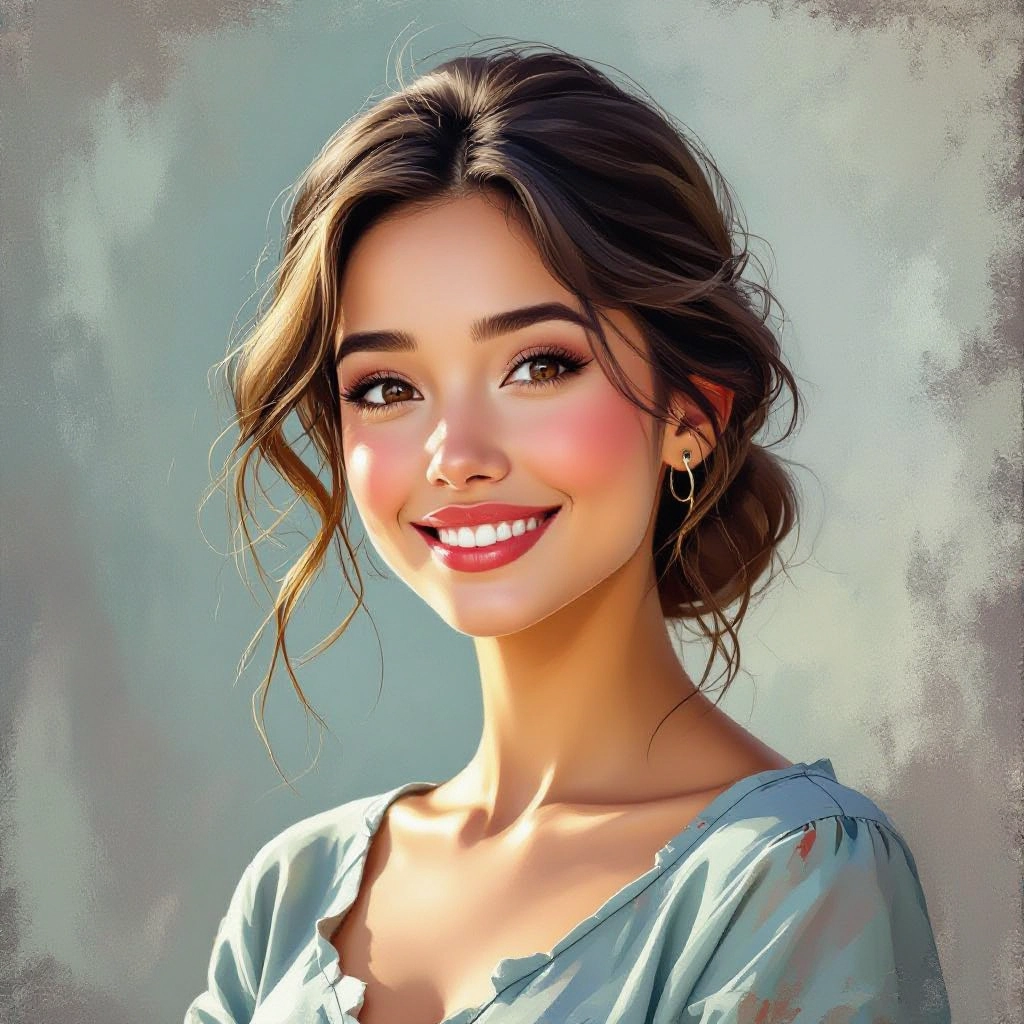
Select your preferred image size and aspect ratio. Our AI model delivers professional quality comparable to:
- • Flux AI Quality
- • Midjourney Standard
- • OpenAI DALL-E
- • Google Imagen
Download AI Ceramic Image

Once your AI ceramic image is generated, click the download button to save it to your device. The image will be in high quality format ready for use.
Features of AI ceramic Image Generator
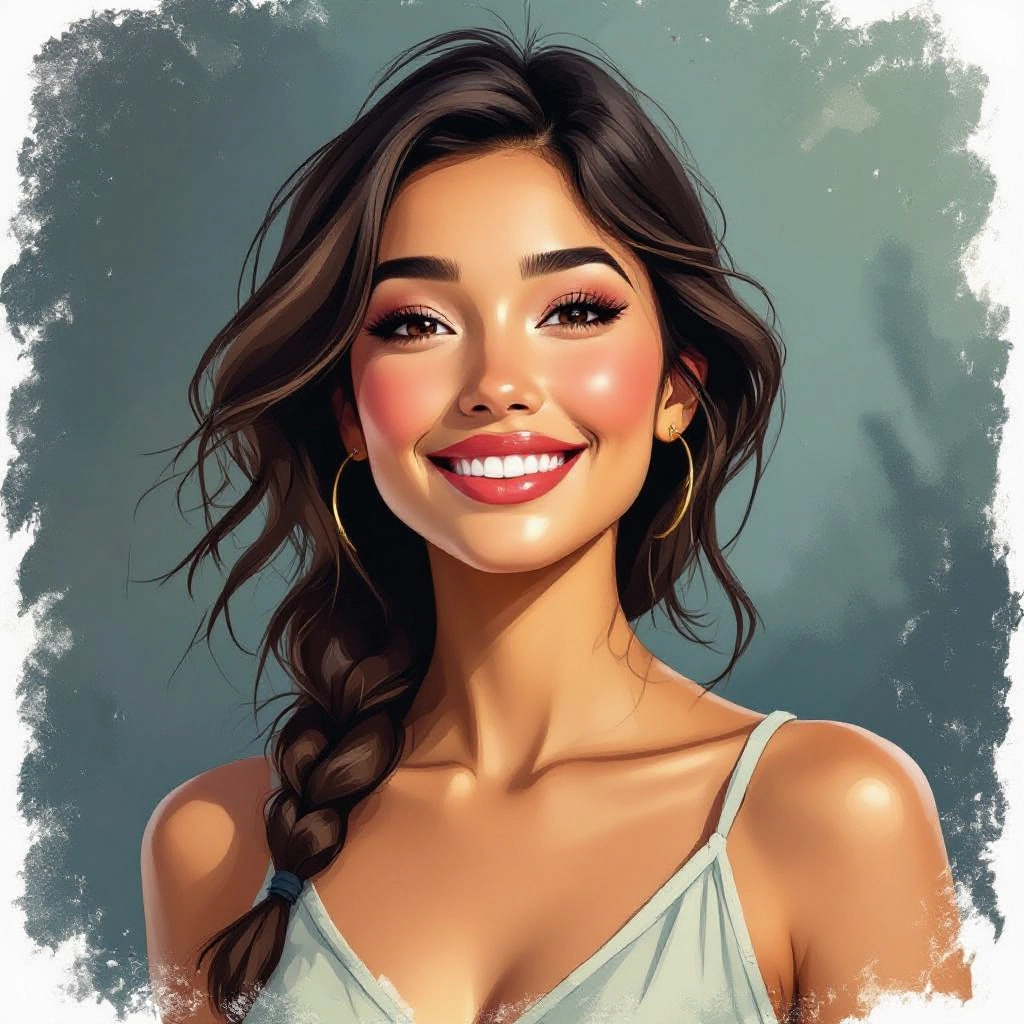
Glaze Texture Simulation
Accurate rendering of glaze behaviors such as pooling, drips, crazing, ash effects, and translucency so images reflect realistic fired surfaces and depth of glass.
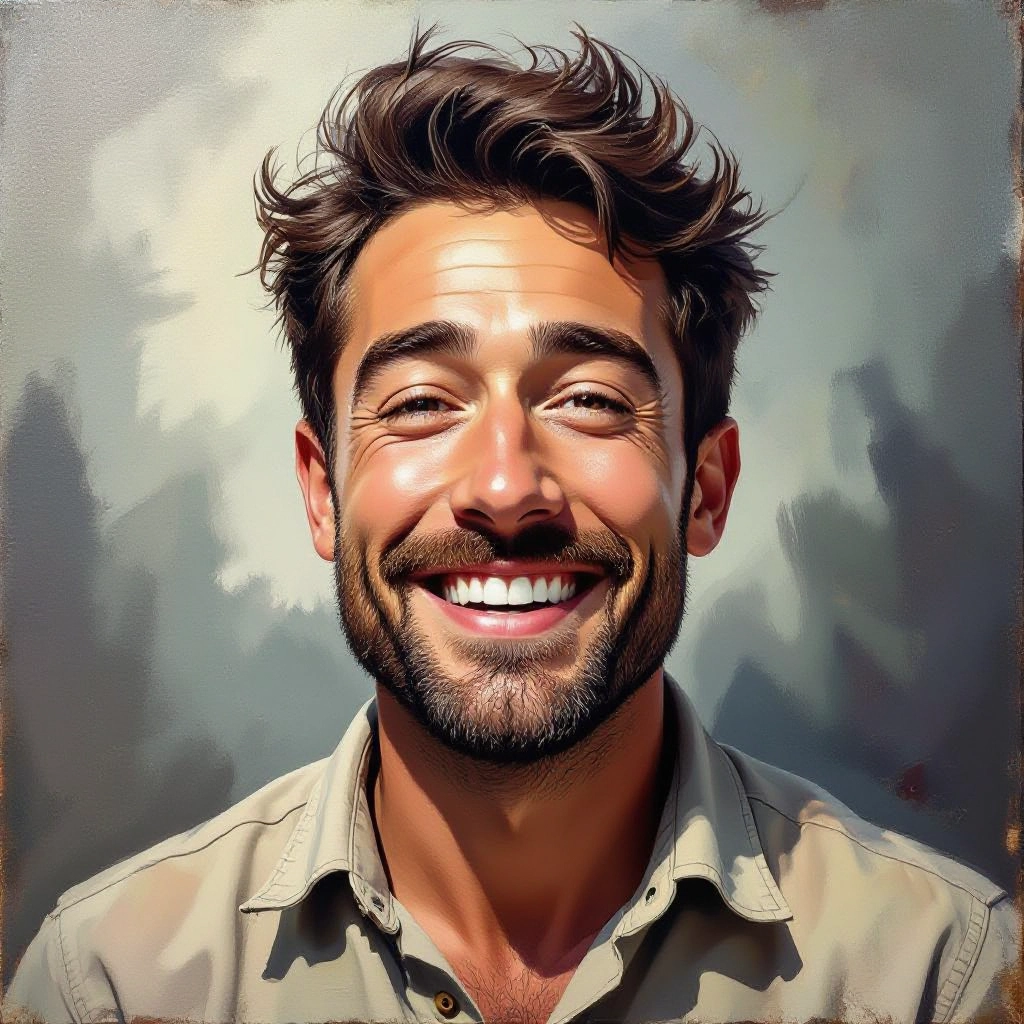
Kiln and Lighting Models
Controlled simulation of kiln atmospheres, reduction and oxidation color shifts, and directional studio lighting to show how a piece will look after firing under different conditions.

Clay Body and Porosity Controls
Parameters for clay type and porosity to produce distinctive textures for earthenware, stoneware, and porcelain including fired shrinkage indicators and fired color variety.
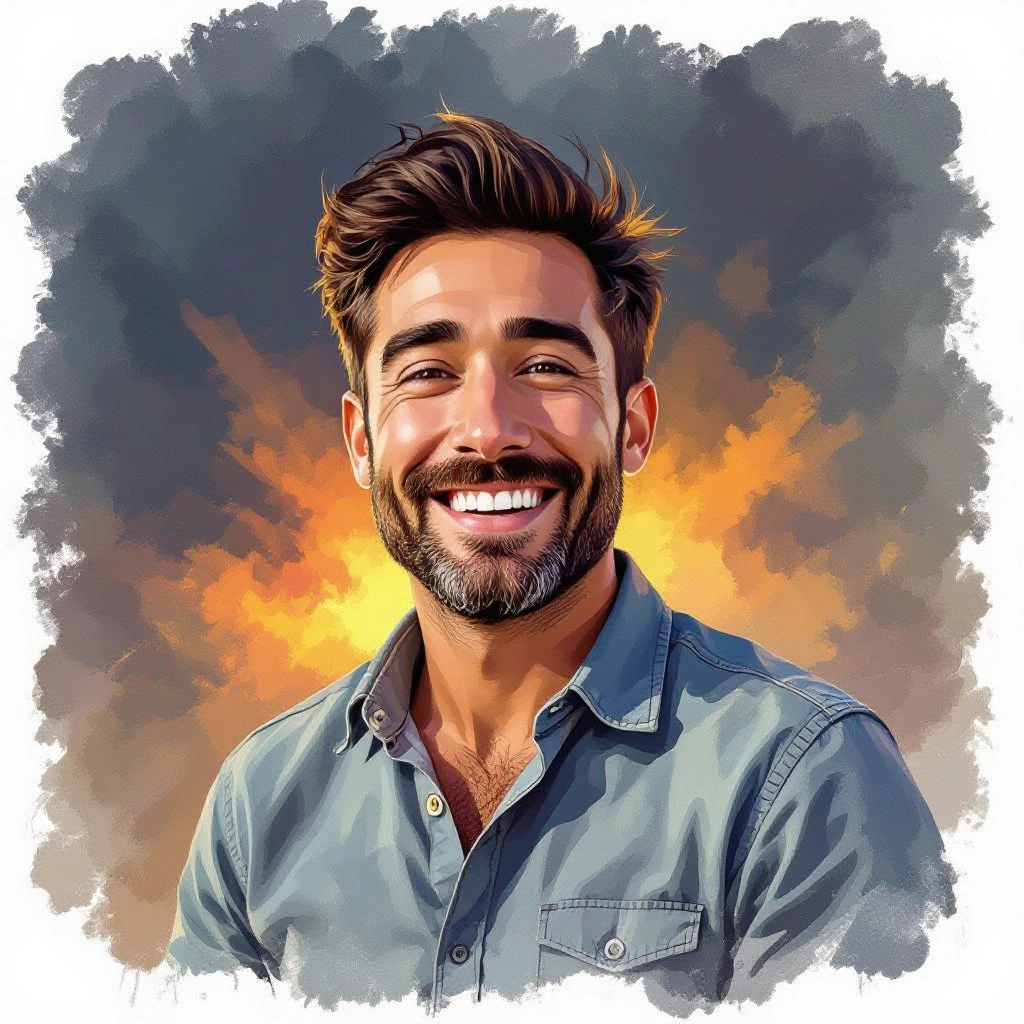
Surface Decoration Tools
Support for underglaze painting, sgraffito, slip trailing, and decal effects so users can preview decorative techniques and layering on bowls, tiles, and vases.
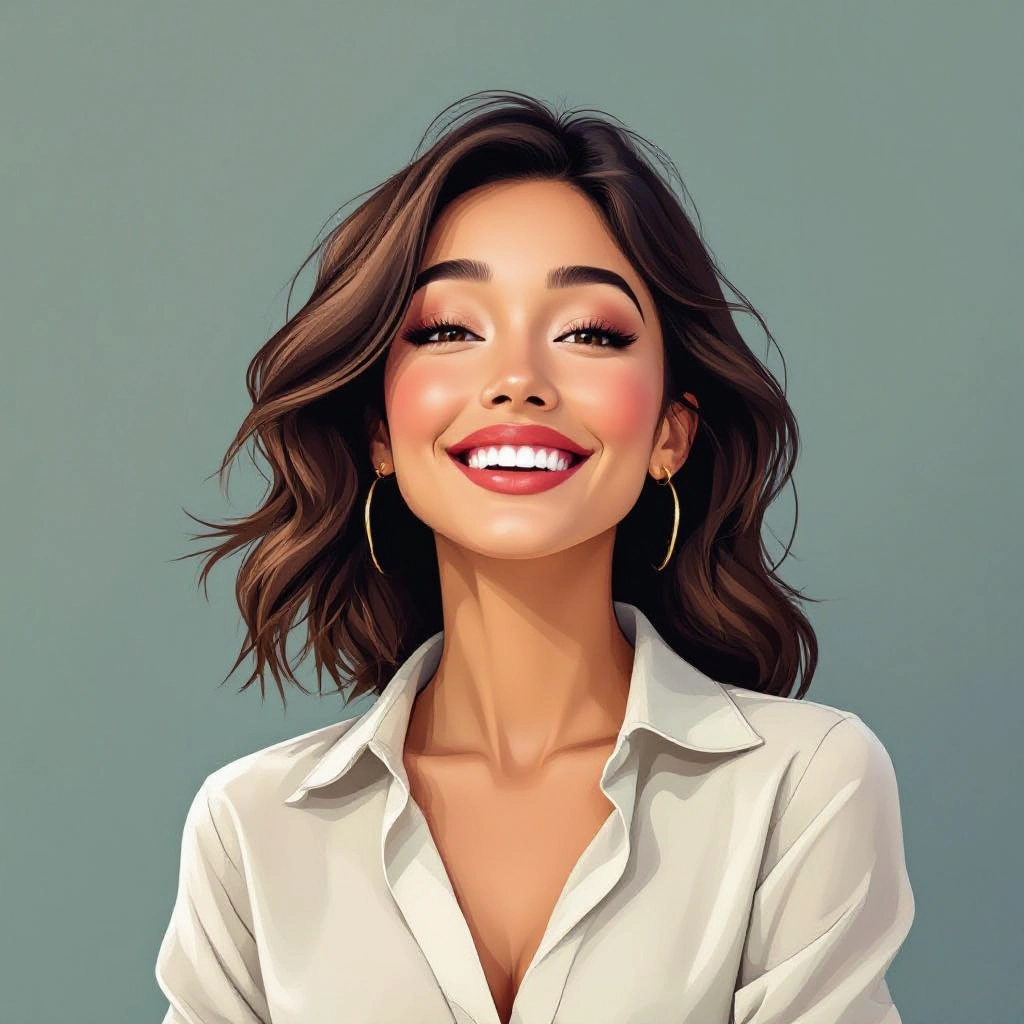
Batch Prototyping and Variations
Generate multiple glaze and shape variations in batch to rapidly compare glaze recipes, trim styles, and pattern placement without firing multiple physical pieces.
Types of AI Powered Ceramic Style Images
Explore common ceramic styles the generator can produce, each tuned to specific material properties and traditional finishing methods to match handcrafted aesthetics.
Glazed Porcelain
Translucent white body with thin glossy glazes, subtle translucency at the rim, and delicate celadon and blue underglaze tones for tea wares and fine tableware.
Stoneware with Matte Glaze
Textured stoneware finishes with satin or matte glazes, iron speckle, and tactile surfaces that emphasize wheel throwing marks and tool trim patterns.
Raku and Crackle Glaze
Raku style effects with rapid cooling crackle patterns, smoky reduction marks, and high-contrast metallic lusters typical of raku firing processes.
Salt and Ash Glaze Ceramic
Volcanic surface textures created by simulated salt or wood ash interaction with glaze, producing natural ash drips, orange peel texture, and variegated color.
Hand-Painted Underglaze
Detailed brushwork simulation for floral and narrative motifs, cobalt blue painting, and layered underglaze washes that remain crisp under a clear overglaze.
Decorative Tile and Mosaic
Tile-focused renders with grout simulation, bevels, and repeating patterns, suitable for decorative runs, backsplash previews, and architectural mockups.
Applications of AI ceramic image style
Pottery Design Prototyping
Quickly visualize new forms, glaze recipes, and decorative techniques before investing time and materials into throwing and firing.
Tile and Surface Design
Generate pattern variations and realistic tile mockups for interior designers, architects, and manufacturers to evaluate colorway and texture at scale.
Product Photography and Catalogs
Produce consistent, high-quality product images for online shops and catalogs without complex studio setups or repeated firings.
Educational Demonstrations
Teach glazing and firing concepts by showing visual outcomes of glaze interactions, firing atmospheres, and layering effects in a classroom or workshop.
Portfolio and Marketing Assets
Create styled images of ceramic collections for social media, artist portfolios, and promotional materials that showcase finish details and craftsmanship.
Pattern and Textile Inspiration
Extract glaze motifs and surface textures for use in textile prints, packaging, and product branding that echo ceramic aesthetics.
FAQs about AI ceramic image generator
Can the generator reproduce specific glaze recipes?
The generator simulates visual characteristics of glaze types rather than exact chemical recipes. Use descriptive prompts such as 'iron-rich ash glaze with green pooling' to approximate appearance. For exact recipes test physically in the kiln.
What resolution and file formats are available?
Export options include high-resolution PNG and JPEG suitable for print and web. Some platforms offer layered exports for texture mapping in 3D workflows.
How realistic are the kiln and firing effects?
Kiln and firing effects are modeled to reflect common visual outcomes like reduction blushing, ash drips, and crackle patterns. Results are photorealistic but may not capture every unpredictable variable of a real firing.
Can I use generated images for commercial products?
Usage depends on the platform license. Many generators allow commercial use of created images, but check terms for redistribution, trademark, and resale restrictions before using images on products.
How do I get more accurate color matching to glazes?
Be explicit in prompts with colorants, firing temperature range, and lighting conditions. Use reference images of your target glaze to guide the model and perform soft-proofing for print color accuracy.
Is it possible to generate texture maps for 3D printing or rendering?
Some generators provide normal, roughness, and displacement map exports or layered files that can be used as texture maps in 3D rendering pipelines to simulate glaze depth and surface irregularities.

Explore All Image Generators
More generators coming soon!
